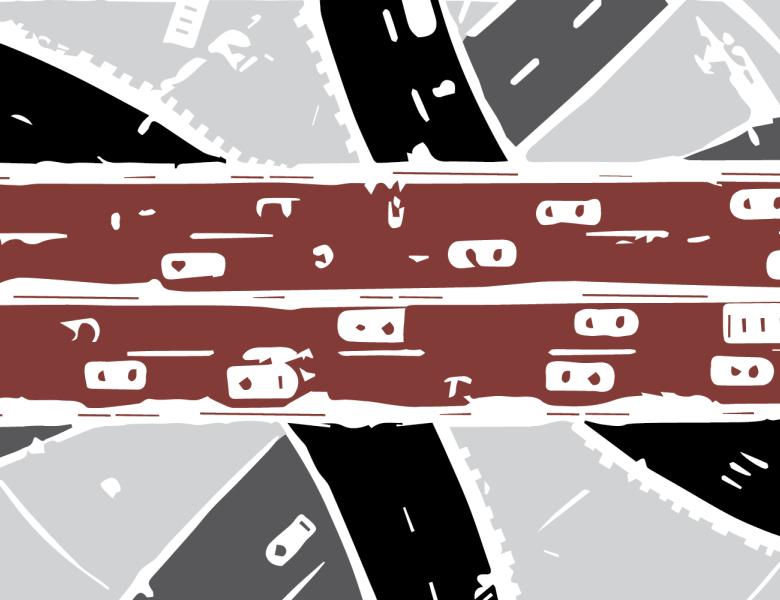
Abstract
Intersections are hazardous places. Threats arise from interactions among pedestrians, bicycles and vehicles; more complicated vehicle trajectories in the absence of lane markings; phases that prevent knowing who has the right of way; invisible vehicle approaches; vehicle obstructions; and illegal move- ments. These challenges are not fully addressed by the “road diet” and road redesign prescribed in Vision Zero plans. Nor will they be completely overcome by autonomous vehicles with their many on-board sensors and tireless attention to sensor readings. Accidents can also occur because drivers, bicyclists and pedestrians do not have the information they need to avoid wrong decisions. In these cases, the missing information can be calculated and communicated by an intelligent intersection. The information gives the current full signal phase, an estimate of the time when the phase will change, the occupancy of the blind spots of the driver or autonomous vehicle, and detection of red-light violators. The talk develops a design of the intelligent intersection, motivated by the analysis of an accident at an intersection in Tempe, AZ, between an automated Uber Volvo and a manual Honda CRV. The intelligent intersection functions as a ‘protected intersection’ using I2V communication.


